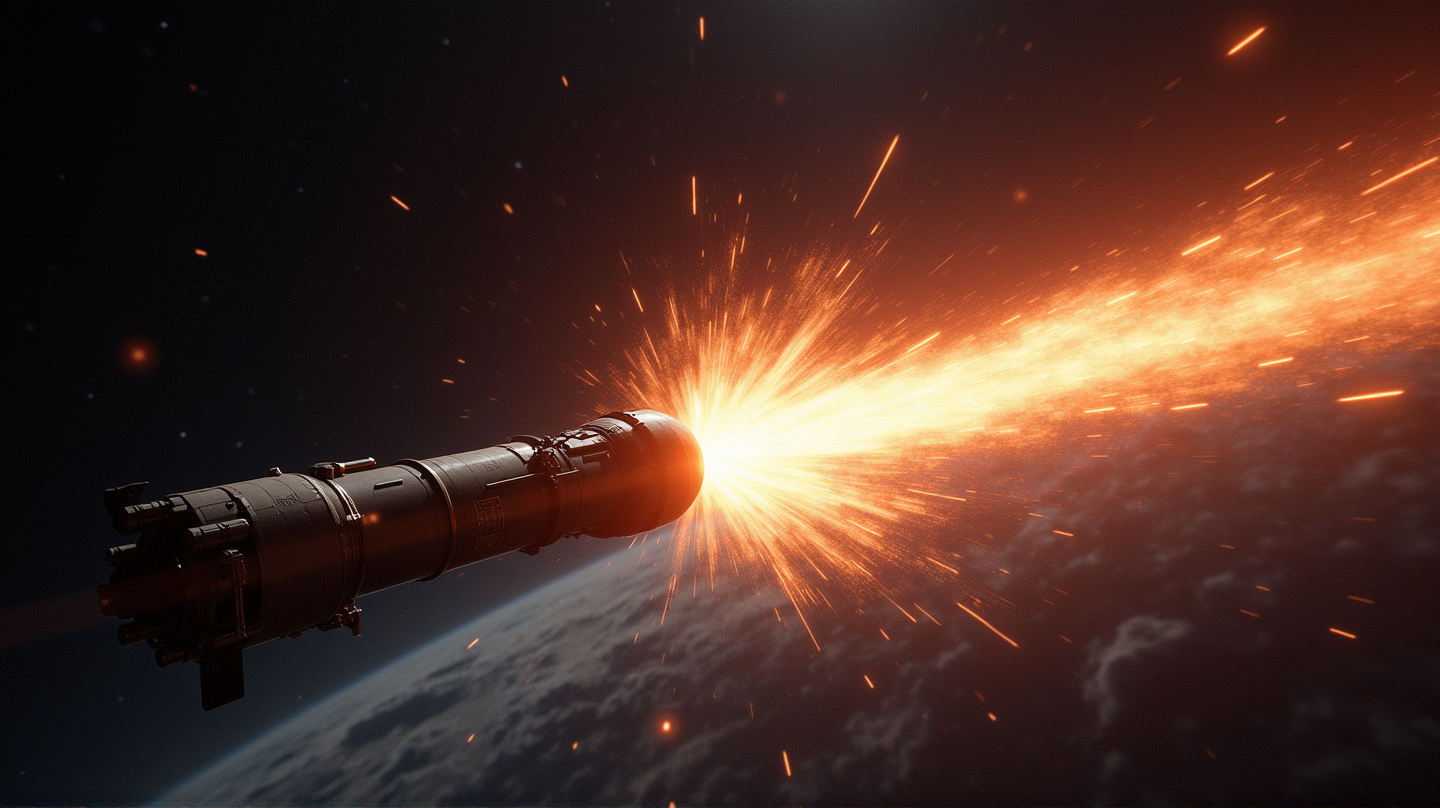Soviet Ghost: The Cosmos 482's Unplanned Return to Earth After 50 Years
A Soviet spacecraft trapped in orbit since 1972 is expected to crash back to Earth soon. Despite its failed mission to Venus, its reentry story captivates.

Imagine a relic of the Cold War era, drifting silently in space for over five decades, now heading back to the world it once left behind. This is the story of Cosmos 482, a Soviet-era spacecraft whose mission to explore Venus was thwarted by a quirk of fate. As this technological phantom now spirals back towards Earth, scientists are left to anticipate its fiery descent. According to ABC News, the spacecraft’s journey encapsulates the often unpredictable nature of man’s ventures into the cosmos.
The Ambitious Beginnings
Back in 1972, spirits were high at the launch of Cosmos 482. The spacecraft was part of the Soviet Union’s Venera program aimed at the ambitious task of exploring Venus. To many, it symbolized human curiosity reaching beyond the boundaries of Earth. However, this bold mission took a wrong turn due to an undetected malfunction that prevented the desired trajectory to Venus, leaving the spacecraft grounded in Earth’s orbit.
A Long Orbit Unravels
What followed were decades of silent embrace with gravity, with the spacecraft breaking into four parts. While two decayed beyond recognition within days, the other two pieces, including the lander probe, remained steadfast in higher orbits. Scientists watched as these relics of a bygone era slowly spiraled closer to Earth.
Entering the Atmosphere Again
The approaching moment of reentry brings with it a mix of anticipation and curiosity. Designed to handle the dense atmosphere of Venus, parts of Cosmos 482 might survive the plunge through Earth’s less punishing skies. The projected timeframe for this spectacle: soon, between Friday and Sunday.
The Odds and Stakes
The risk to human life is minimal, yet tangible, as stated by Jonathan McDowell—a respected astronomer. While experts assure there’s no reason to panic, the imagined scenario of old space debris landing unexpectedly is a dramatic one. In a 2025 report by the European Space Agency, the serious concern of pervading space debris was highlighted, warning of potentially runaway collisions if unchecked.
Monitoring the Collision Course
As we edge closer to the event, astronomers continue to scrutinize data, refining predictions for the exact time and point of impact. The global suspense ties back to a common thrill—a wander of what it would truly be like to witness the fall of a piece of history.
Cosmos 482’s return isn’t just another event in the evolving cosmos. It is a testament to the dogged spirit of exploration and the narratives of resilience and decay that spaceships leave in their wake—a fitting tale from the era that birthed it.

